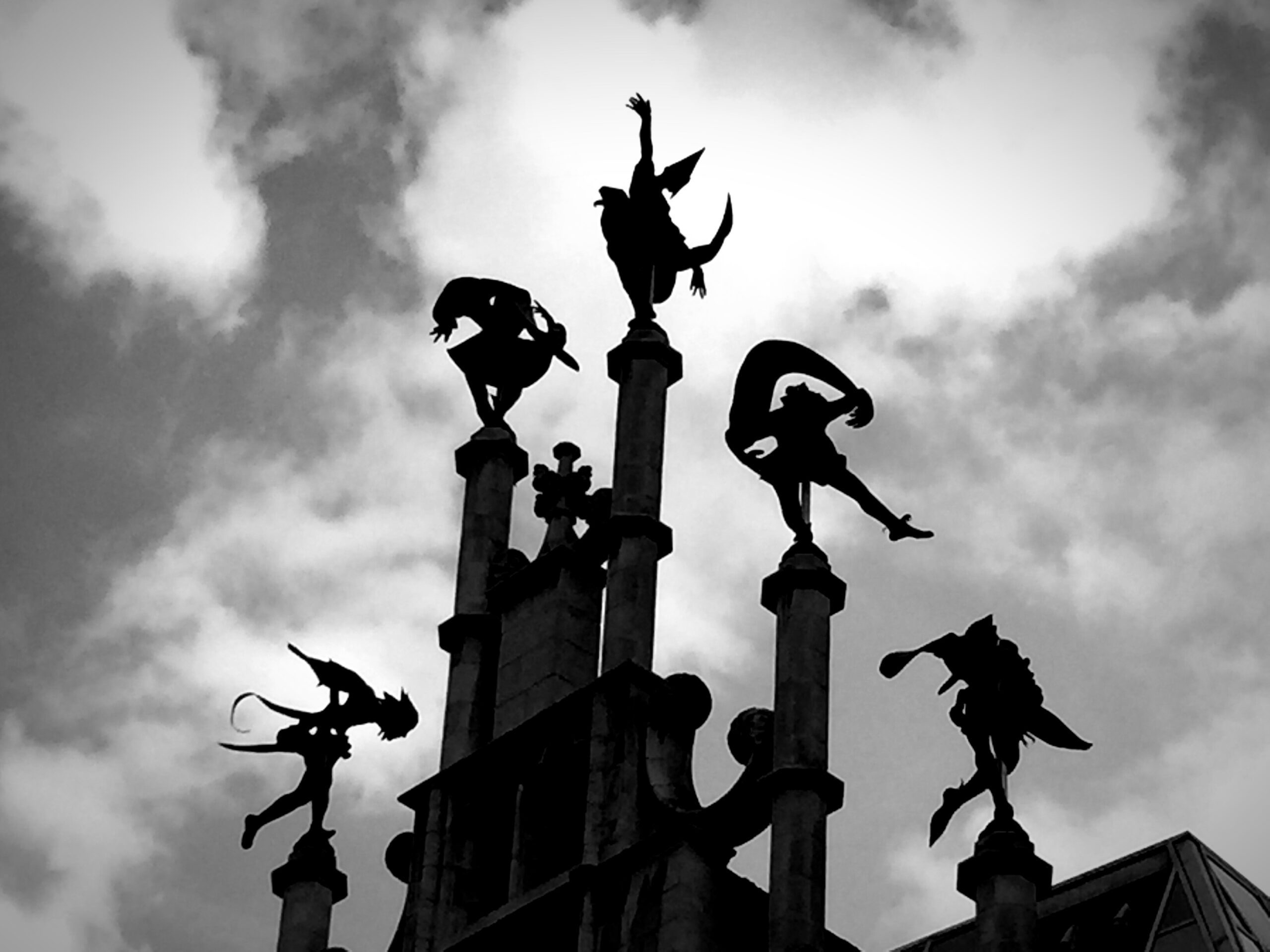
Conclusions
Myths have a remarkable ability to address these deep fundamental issues residing inside (and outside) the human psyche. Movies and television have done nothing more than make these mythic narratives and figures more compelling and more directly related to our immediate life. Actually, this is no small accomplishment—and it certainly relates to the influence of contemporary media on the content of our dreams. While our dreams may make use of the mythic themes to help us solve problems and find immediate (if fanciful) gratification of our wishes, they may engage these themes in an even more important way by providing us with both meaning and direction in our waking life. The dreams can be both appreciative and aspirational. They can enforce an internal locus or external locus of control. They can offer us a hopeful vision of fate or an empowering version of will power.
The mythic theme and mythic figures thus enter our dreams and help to enrich the life we live in our dreams. We engage our homo mythos proclivities during the day and at night. In a previous essay on dreams (Bergquist, 2023), I offered a description of how unconscious material can enter our waking state and dreams. This description was based on Georg Klein’s (1967) model of Peremptory Ideation. He suggests that we create ideational streams in our mind that gain power and pick up material from multiple mental sources—much as an avalanche gains power and picks up debris (along with rocks and trees) as it courses down the mountain side. Klein proposes that this ideational stream has exceptional (peremptory) though rarely acknowledged influence over our waking thoughts and feeling. I proposed in this previous essay that this peremptory ideation might also influence the content of our dreams.
I wish to expand on this proposal in the current essay. We could be picking up mythic themes in our ideational stream. These themes, in turn, could enrich and further motivate the ideation–or provide a narrative structure for the ill-formed ideation. Mythic themes from movies or television programs that we are watching may help to trigger the ideation, as can the themes of books we are reading. Even music that provides narrative (programmatic music) such as that composed by Berlioz, Wagner or Richard Strauss can trigger the ideation. For Peter, it might have been his repeated watching of Cleopatra. It might instead have been a night of television, viewing a rerun of Butch Cassidy or an old foreign movie portraying a beautiful and beguiling girl on a beach. Hollywood meets Freud meets Jung meet Osgood meets Klein. And the results . . . a beautiful and beguiling dream.
__________________





